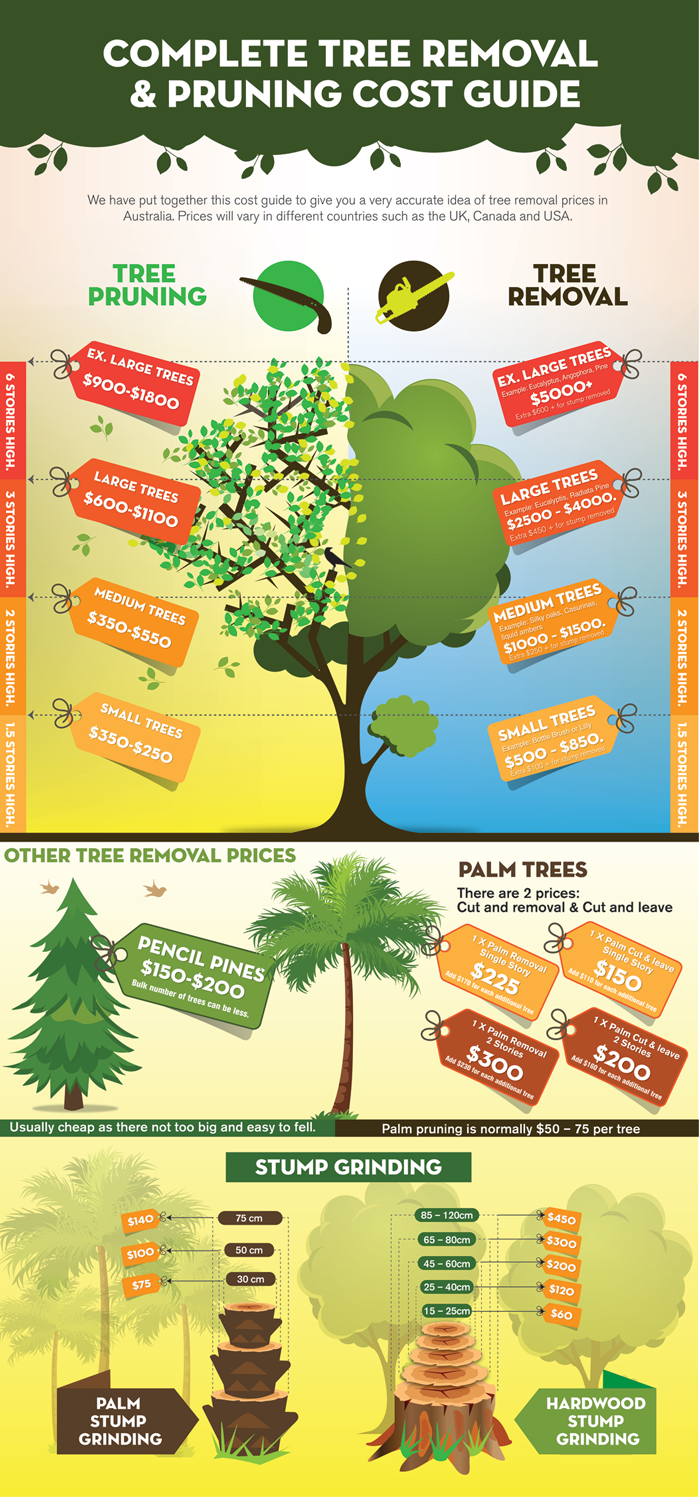Signals That It's Time To Eliminate A Tree: Identifying Unsafe Trees
Signals That It's Time To Eliminate A Tree: Identifying Unsafe Trees
Blog Article
Writer-Reid Connell
When it involves tree care, acknowledging the indicators that it's time for elimination is vital for your safety and security and residential property. You might see tarnished leaves, wilting branches, or odd fungal developments indicating illness. Architectural concerns, like a substantial lean or cracks in the trunk, can likewise position risks. Understanding these warning signs can aid you make informed decisions about your trees and stop potential dangers lurking in your yard. What should you try to find following?
Signs of Degeneration and Condition
When you notice signs of degeneration and disease in your trees, it's critical to act rapidly. Seek tarnished fallen leaves, wilting branches, or unusual developments like fungus. These can show that your tree is struggling.
If you see cracks in the bark or soft, mushy wood, these signs and symptoms suggest interior decay. In addition, an unexpected boost in pests around your tree can signal that it's damaged and prone.
Look for any type of dead or passing away arm or legs, as they present a risk to your property and security. If you doubt concerning what you see, getting in touch with an arborist can supply clarity.
Dealing with these indicators early can save you from much more comprehensive damage and ensure the wellness of your backyard. Don't wait up until it's far too late.
Structural Instability and Leaning
As you observe your trees, keep an eye out for any type of indications of architectural instability or leaning. If a tree leans dramatically, it may show that the origin system is jeopardized.
Search for any type of splits in the trunk or dirt around the base; these can signify potential failure. In addition, look for uncommon development patterns, like an unbalanced crown, which might suggest that the tree is battling to hold itself upright.
If you discover that the tree favors your home, power lines, or various other frameworks, it postures a greater threat. Don't overlook these indicators-- speak with an arborist to analyze the scenario.
Acting early can protect against https://treegrowingfromstump17284.blogginaway.com/35941150/a-meticulously-carried-out-tree-trimming-can-boost-the-visual-appeal-and-health-and-wellness-of-your-landscape-yet-what-particular-benefits-can-you-expect-from-this-vital-task and ensure your safety.
Dead or Perishing Branches and Vegetation
If you discover dead or passing away branches and vegetation on your tree, it's a clear sign that something's incorrect.
These undesirable areas can suggest underlying concerns like disease, parasite problems, or environmental stress. When branches shed their fallen leaves or transform brownish, they're no longer adding to the tree's health and wellness. Neglecting these indications can cause more decline, making your tree more unsafe.
Dead branches can quickly break off during storms, positioning a danger to property and people nearby. It's important to analyze the level of the damage.
If the issue influences a considerable part of the tree, take into consideration speaking with a professional. recommended can help identify if removal is needed to make sure safety and keep the charm of your landscape.
Conclusion
If you see any kind of indications of degeneration, architectural instability, or dead branches on your trees, do not neglect them. These signs can present severe safety and security threats to you and your home. https://thedailychronicle.in/news/2409955/trending-now-ai-in-agriculture-market-statistics-revenue-cost-gross-margin-dynamics-competitive-landscaping-and-impact-of-covid-19/ 's always best to get in touch with a professional arborist who can give a professional assessment of your trees. Taking action early can stop accidents and expensive damage, ensuring your landscape remains risk-free and healthy and balanced. Keep in mind, it's far better to be aggressive about tree care than to await a disaster to happen.
